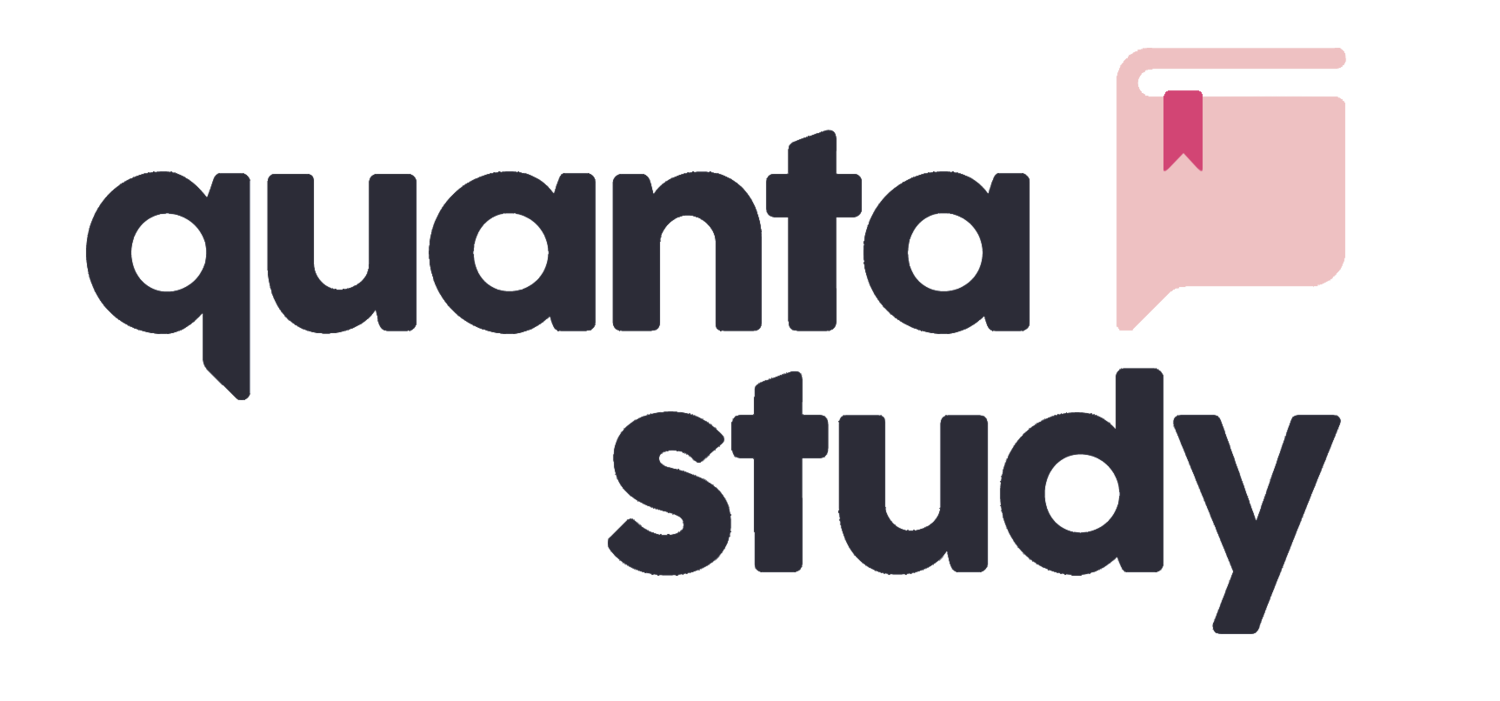A No-Nonsense Guide to Choosing the Best Language Learning Apps
There are so many out there. Find the right ones for your learning journey.
What makes for a good language app, anyway?
There are many unique features that could make a language app particularly successful. However, there are a few that are more important than others. You might not find what’s listed below in a single app, but it will guide you in your decision making.
Keeps your interest. If the content is boring, you won’t be motivated to continue. Simple as that. Not every minute of learning a language will be fun, as it is a challenging skill to obtain. Focus the most on what’s relevant to you, whether it’s useful vocabulary or cultural insights.
Habit-forming consistency. The only way to successfully learn a language is to be consistent with it, meaning you need to practice every day. Believe it or not, studying 10 minutes a day is more effective than a 10-hour cram session every weekend. Apps that remind you to study — or are too fun not to miss it — are key.
Forces you to output the language. Some apps focus too heavily on matching or flashcards, which bias your answers and don’t allow for proper recall. If you can’t produce the language yourself, you won’t be able to speak it.
Multiple forms of input and output. Look for apps that include text, audio, and visual cues, particularly if they are simultaneous, as this speeds up your comprehension of the language. This is why watching TV that is both dubbed and subbed is so effective for learning over time!
Flexible to your lifestyle. Search for apps that allow you to integrate language into your everyday life, whether it’s listening to an audio lesson during your commute or running through practice questions in your downtime. More than one app will likely be necessary to achieve this.
Opportunity to experience native speech. Structured textbooks and robotic, computer-generated speech are better than nothing, but far from ideal. Whether it’s connecting with actual native speakers through the app or simply having native audio and text available, you will get a better feel for the language and make fewer rookie mistakes.
Which apps are available for my target language?
Unless you’re learning one of the most popular languages out there (e.g., English, German, French, Spanish), you’re probably struggling to find resources. Either way, knowing which languages are supported in a particular app is half the battle of narrowing them down. I’ve taken the time to do the research myself, which I’ve included in the table below.
How to Use The Language App Tables:
In the search box, type the language you are trying to learn
The table will highlight rows with apps that contain that language, so write them down (scroll is enabled)
Some app websites did not explicitly list all of the languages they support (particularly ones with >100), so you can find those apps by searching “more”
Then refer back to the tips throughout this article (supplemented with online reviews) to choose a few unique apps that you want to try
Or, you can view the full master spreadsheet in Google Docs.
Now that I’ve found some, how many should I use?
If you’re asking this question, you’re onto something! It’s great to have many resources available to choose from, especially if some of them don’t work out. But you cannot possibly keep up with every single one! Additionally, while apps provide a level of automated practice you can easily add to any schedule, it’s important that you don’t rely solely on them.
Make choices that balance your time between vocabulary, grammar, writing, reading, speaking, and listening. This might mean a textbook to structure your focused learning with an app to review vocabulary and grammar, plus another app that allows for listening on the go paired with a nightly episode of a Netflix series in your target language.
If you’re looking for an exact number, I would recommend not exceeding three apps on a daily basis unless you have a legitimate justification for it. There might be certain apps that you come back to periodically, such as language partner apps if you want to test your progress with a native speaker. But not every app will be necessary on a daily basis.
Apps, in general, should only be a small part of your entire language learning system, though. To stay on track, focus the most on your main structured resources and then use supplemental resources when you have the time so you don’t get overwhelmed. Some examples:
As long as you’re setting a solid foundation for yourself with a structured resource, do whatever keeps you motivated with the rest of your time.
Find out after a couple of weeks that you hate using a certain app? Ditch it. Just try not to change apps too frequently so you can stay focused and make meaningful progress.

